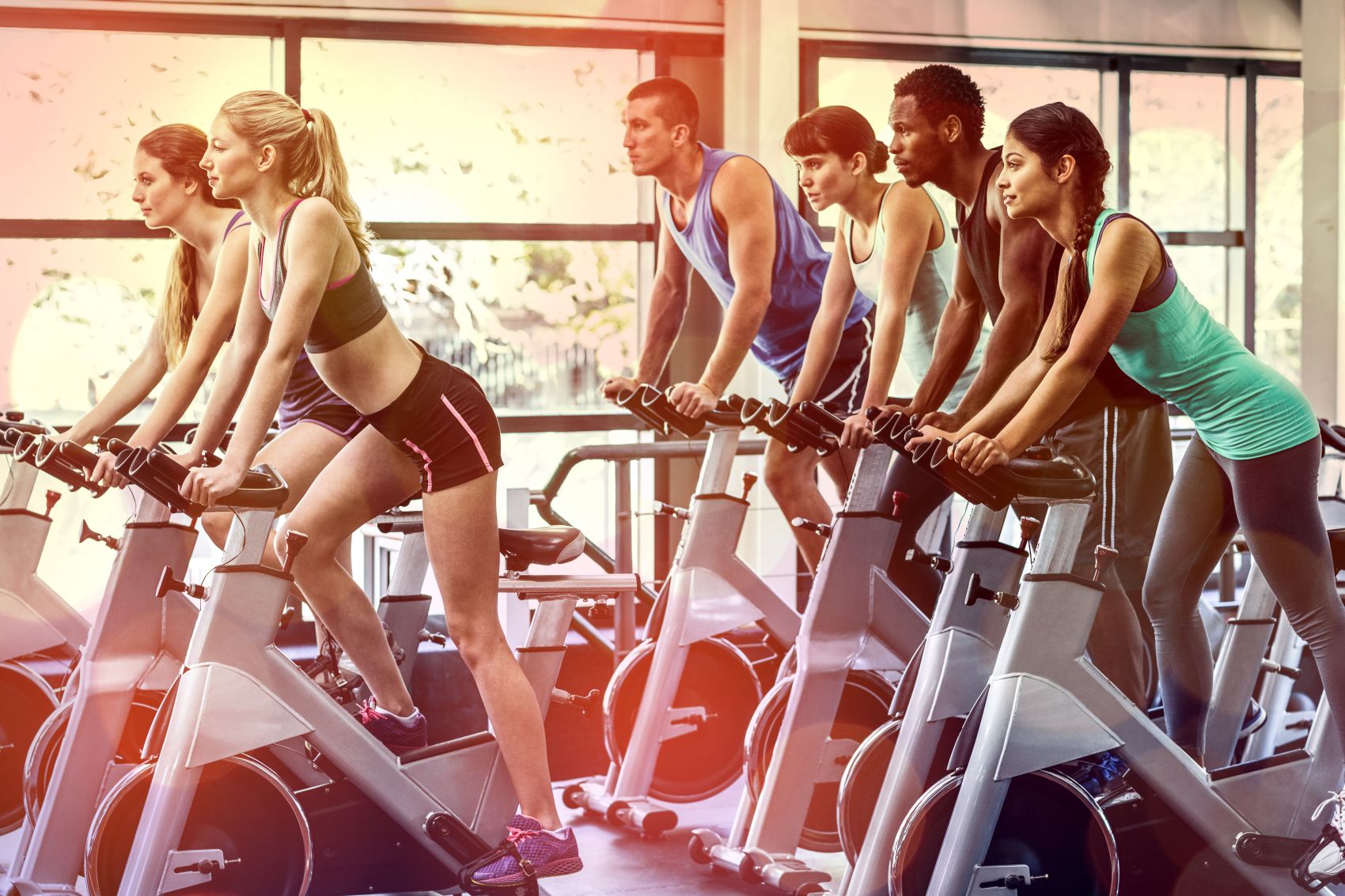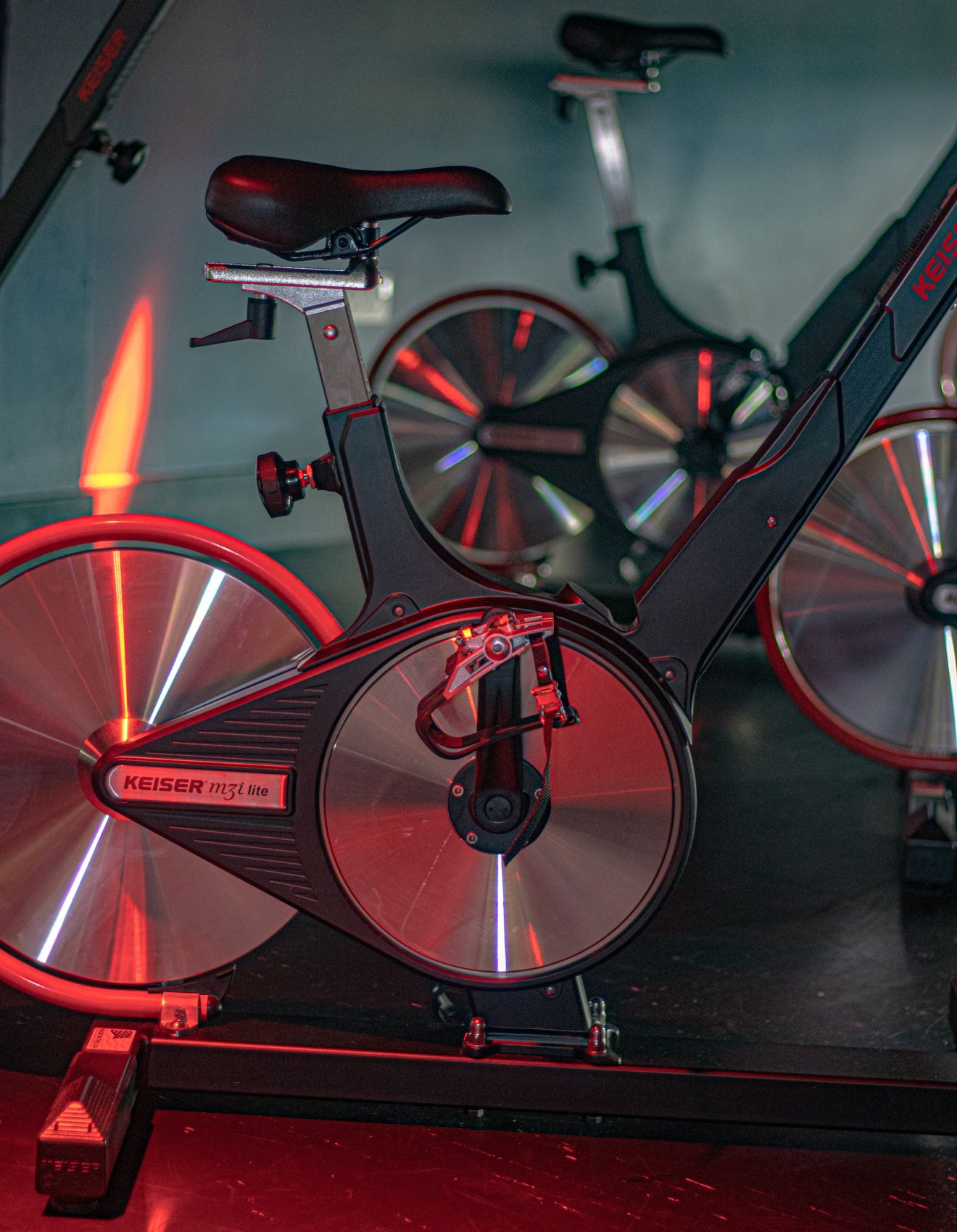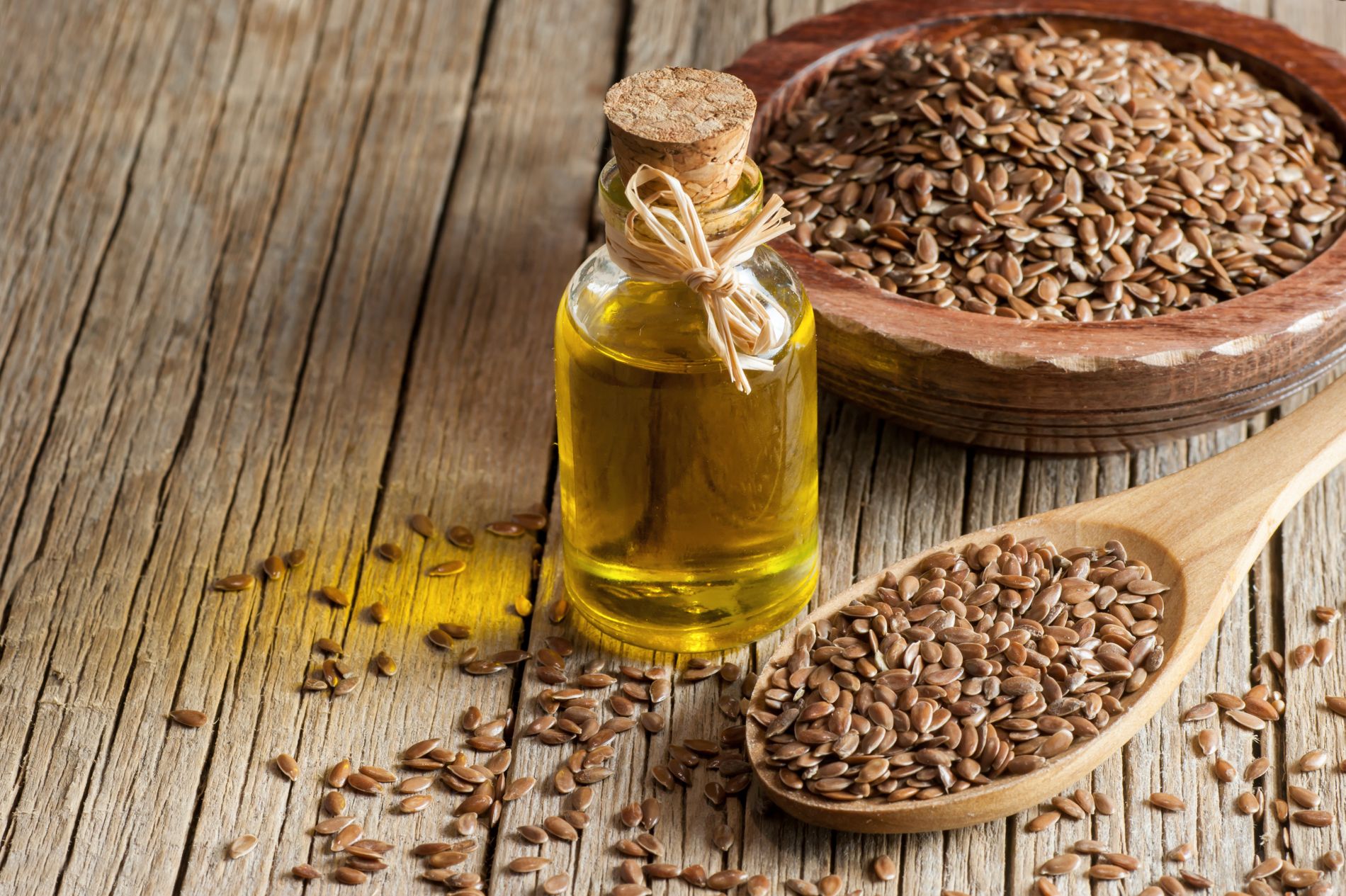Spinning - what is it and what are its benefits?

- What is spinning?
- How to prepare for a spinning class?
- How long does spinning last?
- Spinning - what does a workout look like?
- Division of spinning training
- What are the benefits of spinning?
In recent years, there has been growing interest among fitness club customers in participating in various group and individual classes. Spinning is now one of the most popular forms of recreational exercise to improve not only appearance and fitness, but also mood and health. So let's find out what spinning is and what health benefits it brings.
{toc}
What is spinning?
Spinning is a form of fitness class that is led by a qualified trainer. Spinning classes are held in almost every fitness club and most often in groups. Spinning is practiced in 80 countries around the world under the guidance of nearly one hundred thousand qualified instructors. Spinning uses specially modified stationary bicycles (indoor cycling). Spinning consists of several stages involving changes in pace, load and body position. The final stage of spinning classes, which usually last about 60 minutes, is strenuous pedaling in a standing position. Participants in indoor spinning cycling classes pedal to the rhythm of music and motivation coming from the instructor. Spinning bikes are modeled after cycling bikes, as they were meant to be used by cyclists for off-season training.
How to prepare for a spinning class?
First of all, the most important thing is the absence of health contraindications to participate in spinning classes, including, in particular, the absence of the presence of venous thromboembolism and serious bone and muscle ailments. Before starting a spinning workout, you should be thoroughly familiar with the equipment and the rules of use. You should also adjust the position and height of the saddle and handlebars properly with the help of a qualified spinning instructor. The resistance knob is located behind the handlebars and is used to adjust the pedaling resistance. During spinning, you can increase or decrease the resistance. It is recommended to wear cycling shoes for comfort and better exercise performance. Before increasing the intensity of the spinning workout, it should be started at a walking-like pace to thoroughly learn proper technique and basic body movements. Spinning training should be started from a sitting position and gradually increased in intensity. It is recommended to practice spinning at your own pace with a special focus on your own bodily sensations to find the optimal pace for yourself. Besides, it is essential to take a bottle of water or an isotonic drink with you to the training room to replenish the loss of water and electrolytes along with sweat.
How long does spinning last?
Spinning usually lasts from 30 to 90 minutes and involves cycling with varying body position, speed and load during this time. During spinning, body movements are very often used to increase the strength of the muscles of the lower extremities. It is advisable for participants in spinning classes to have heart rate monitors, as the heart rate should change depending on the distance covered. Having a wristband or sports watch with a built-in heart rate monitor allows us to check whether our heart rate is within the right range for a given stage of a spinning class.

Spinning - what does a workout look like?
Each session of spinning classes should consist of a warm-up, a proper workout, as well as calming and stretching the whole body. The main task of the warm-up is to prepare the trainee's body for the main exercise, so it increases body temperature, speeds up the heartbeat and improves blood circulation. As part of the final stage of the warm-up, the load and intensity of the effort is gradually increased to smoothly transition to the training proper. The main part of the spinning class consists of covering a designated route, which can take different forms depending on the purpose of the workout and the level of sophistication of the spinning practitioner. It can consist only of straight stretches that form a cardio type workout for beginners, or of frequent climbs that require an increase in load and intensity of effort. In the second case, we are talking about high-intensity interval training, which is mainly for experienced and well-trained people. In general, there are 5 main types of training in spinning, which differ from each other in the way of riding, load, pace and intensity. A wide selection of training programs allows each spinning person to find the optimal workout for him or herself at a given level. At the very end of a spinning class, it is usually recommended to pedal quietly for several minutes to calm the cardiorespiratory system. After each spinning workout, it's a good idea to do a short, relaxing full-body muscle stretching session.
Division of spinning training
We can divide the popular spinning classes into the following several types, depending on the purpose and sophistication of the workout:
- Regenerative - a leisurely ride in which the maximum heart rate is between 0 and 50%.
- Endurance - riding at a constant level, in which the maximum heart rate ranges from 50 to 65%.
- Strength - riding at a constant level with high resistance, in which the maximum heart rate is between 75 and 85%. This type of spinning class allows you to increase the strength of the muscles of the lower extremities.
- Interval - riding in a mixed cycle that includes fast and slow sections, in which the maximum heart rate is between 65 and even 92%. This type of spinning is characterized by variable pace and variable speed.
- Racing - a very intense ride almost on the verge of anaerobic transformation, in which the maximum heart rate is between 80 and 92%. This type of spinning training is intended only for advanced participants, as the muscles of the lower limbs work at maximum speed.
Those new to spinning should gradually build up their cardiovascular fitness and learn the correct movements starting from a sitting position. Only after mastering the basic movements of the body is it worthwhile to implement more challenging elements of spinning, such as riding in a standing position with moderate or high resistance. Riding while standing clearly increases the strength of the muscles of the lower extremities compared to riding while sitting.
What are the benefits of spinning?
Spinning is categorized as a cardio-type workout that positively affects the cardiovascular and respiratory systems. Spinning is considered safe for joints, so it can be performed by overweight and obese people to lose weight and improve physical fitness. Among the measurable health benefits of spinning, are:
- lowering resting heart rate,
- reduction in blood pressure,
- increase in lung capacity,
- increase in total metabolism,
- improved cardiovascular fitness,
- strengthening of leg, hip, buttock and abdominal muscles,
- reduction of body fat,
- improvement of body composition,
- improved well-being,
- improving blood circulation,
- strengthening bones,
- improving blood lipid profile (in conjunction with a healthy diet),
- reducing stress and mental tension.
Sources:
- Rodziewicz-Gruhn J, Glazyrina L, Pilis W.: Health significance of modern forms of physical recreation undertaken by people of different ages in Poland. Prace Naukowe Akademii im. Jana Długosza w Częstochowie. Physical Culture. 2007, 7:107-118.
- Elikowski W, Malek M, Montewska D. et al: Venous thromboembolism provoked by spinning in a young woman with thrombophilia. Pol. Merc. Lek., 2011, XXX, 175, 29.
- Yoon JG, Kim SH, Rhyu HS, et al: Effects of 16-week spinning and bicycle exercise on body composition, physical fitness and blood variables of middle school students. J Exerc Rehabil. 2017 Aug 29;13(4):400-404.
- Chavarrias M, Carlos-Vivas J, Collado-Mateo D, et al: Health Benefits of Indoor Cycling: A Systematic Review. Medicina (Kaunas). 2019 Aug 8;55(8):452.
 ⮜ Previous article
⮜ Previous article
Polish superfood - flaxseed
 Next article ⮞
Next article ⮞